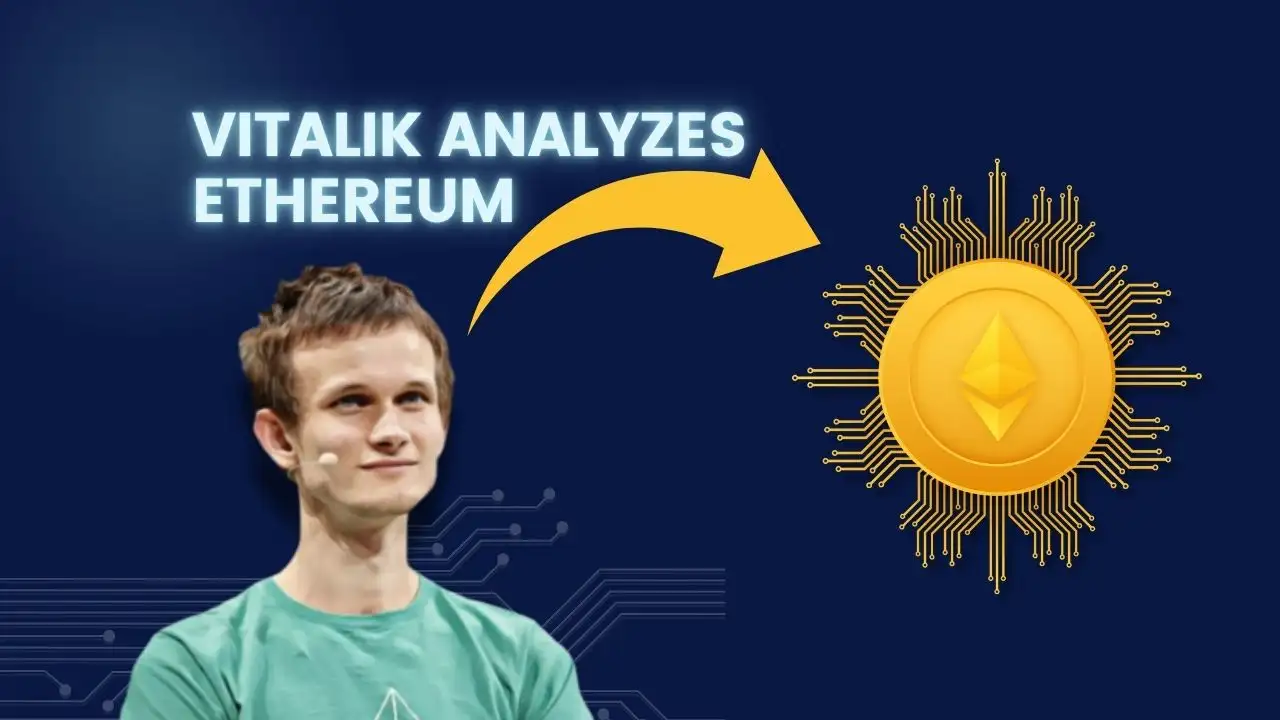Vitalik Buterin delivered a speech on the Ethereum blockchain at the EthCC[7] conference for developers in Belgium, with a packed audience of 1,100 attendees.

Vitalik Analyzes Ethereum
Proposals to Improve the Ethereum Blockchain
In his presentation at the Ethereum Community Conference (EthCC) in Brussels, Belgium, Vitalik Buterin provided a detailed discussion on the strengths and weaknesses of the largest smart contract blockchain and its extensive ecosystem. He also addressed concerns about transaction censorship and proposed increasing the “quorum threshold” from 75% to 80%.

Vitalik analyzes the strengths weaknesses and ways to improve the Ethereum blockchain
Strengths:
- Buterin highlighted that Ethereum has a “large and reasonably decentralized staking ecosystem” and recognized it as an international and intellectually robust community.
Weaknesses:
- Vitalik pointed out several weaknesses that he believes are “entirely solvable,” including:
- The requirement of staking 32 ETH to become network validators, which poses difficulties for individual investors.
- For individual users, running a node is technically complex.
Proposed Solutions:
- Simplify the protocol to make it as user-friendly as possible.
- Avoid “cramming” too many interactions or backwards compatibility into the protocol, a notion Buterin once entertained when Ethereum was first created.
- Increase the adoption of Light Clients across the entire Ethereum infrastructure, particularly in cryptocurrency wallets, to support zk-EVM verification and provide additional support for Layer-2 networks.
Concerns about a “51% Attack”
Vitalik also expressed concerns about the potential for a “51% attack” on the network in the future, urging the community to better prepare for hypothetical censorship scenarios.
A 51% attack occurs when an individual or organization gains majority control over a blockchain network, allowing them to disrupt the network. Past incidents of such attacks have affected networks like Ethereum Classic (ETC), Bitcoin SV, Bitcoin Gold, ZenCash (now Horizen), Litecoin Cash, Vertcoin, and Verge (twice).
Vitalik believes that in the event of a 51% attack, the reaction of honest validators is typically to move to a different fork of the blockchain. The current plan mainly relies on social consensus, with community members collectively agreeing on a new fork. Therefore, Buterin supports automating and planning this reaction to better protect the network during a 51% attack.
However, Buterin acknowledges that it is impossible to make 100% of the network automatically switch to a new fork due to many limitations, but the more automated the process, the less social consensus is required.
It is evident that the criticism of many Layer-2 solutions regarding security risks has forced Ethereum developers to rapidly implement new solutions to ensure safe and fast verification while maintaining decentralization.
Buterin has frequently appeared at EthCC in recent years. Before today’s main stage presentation, Vitalik Buterin also had a discussion on Pre-Confirmations, highlighting the benefits of Slot validation and supporting shorter block validation times on Ethereum. In 2023, he discussed the challenges surrounding Account Abstraction (AA), and the previous year, he talked about Ethereum ahead of The Merge event.





